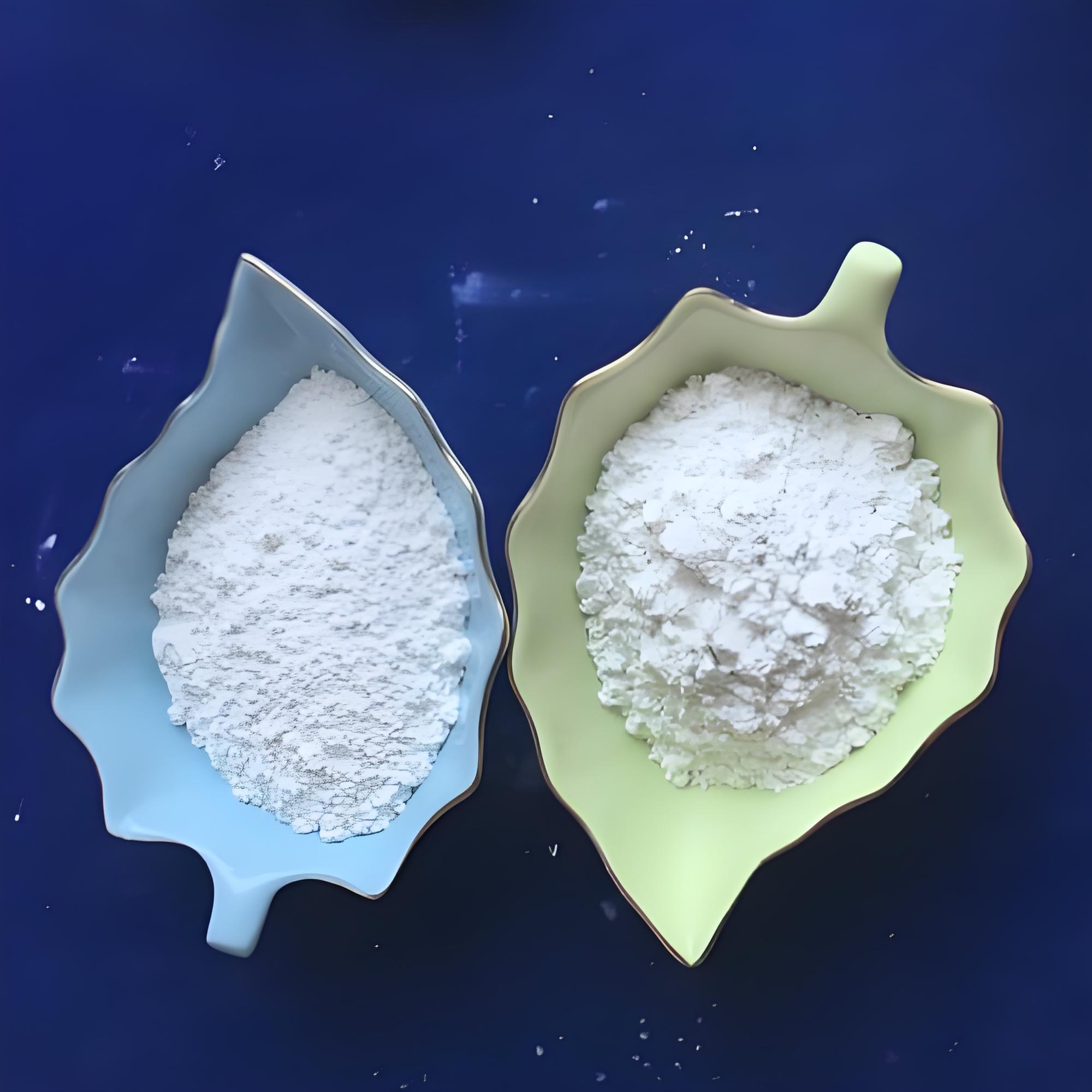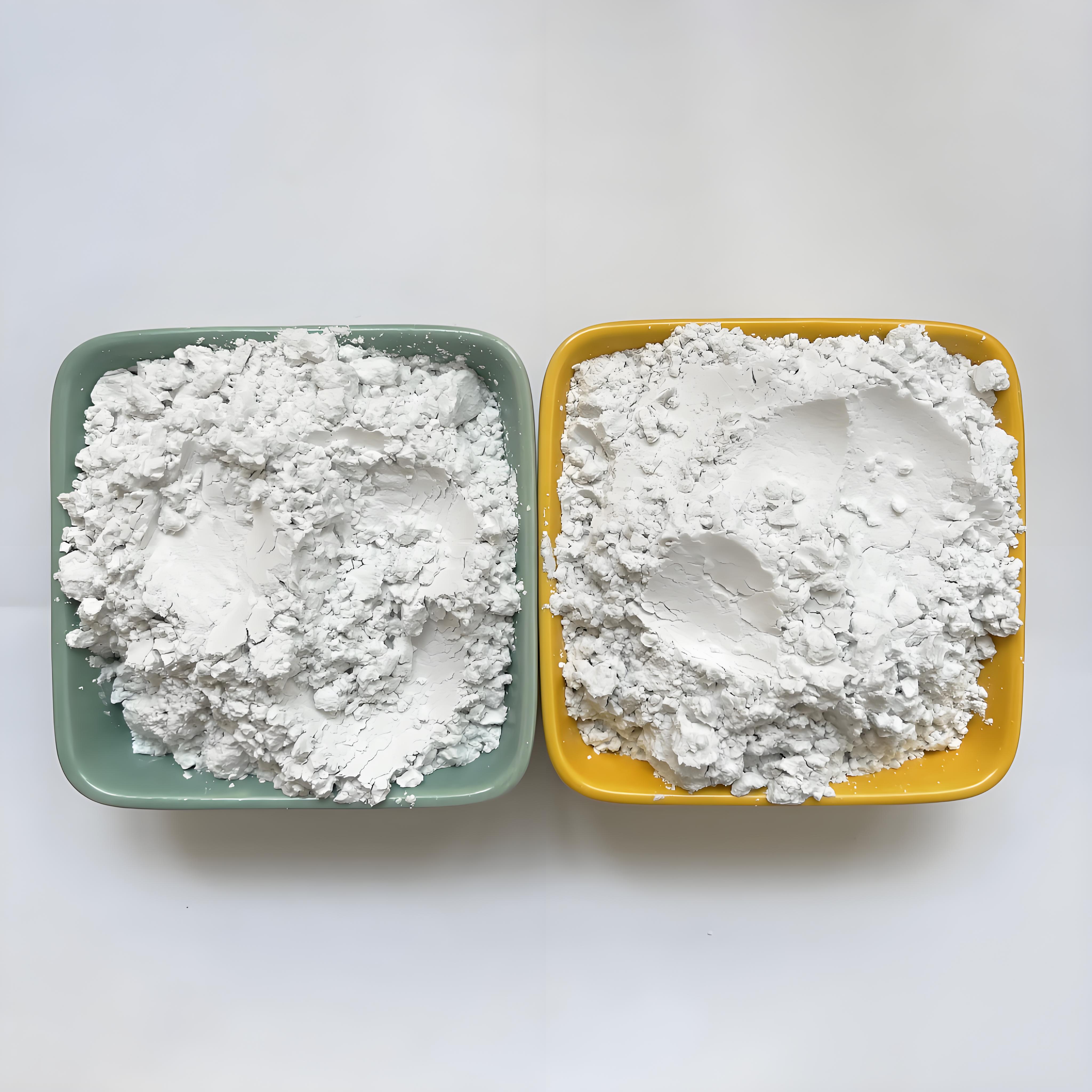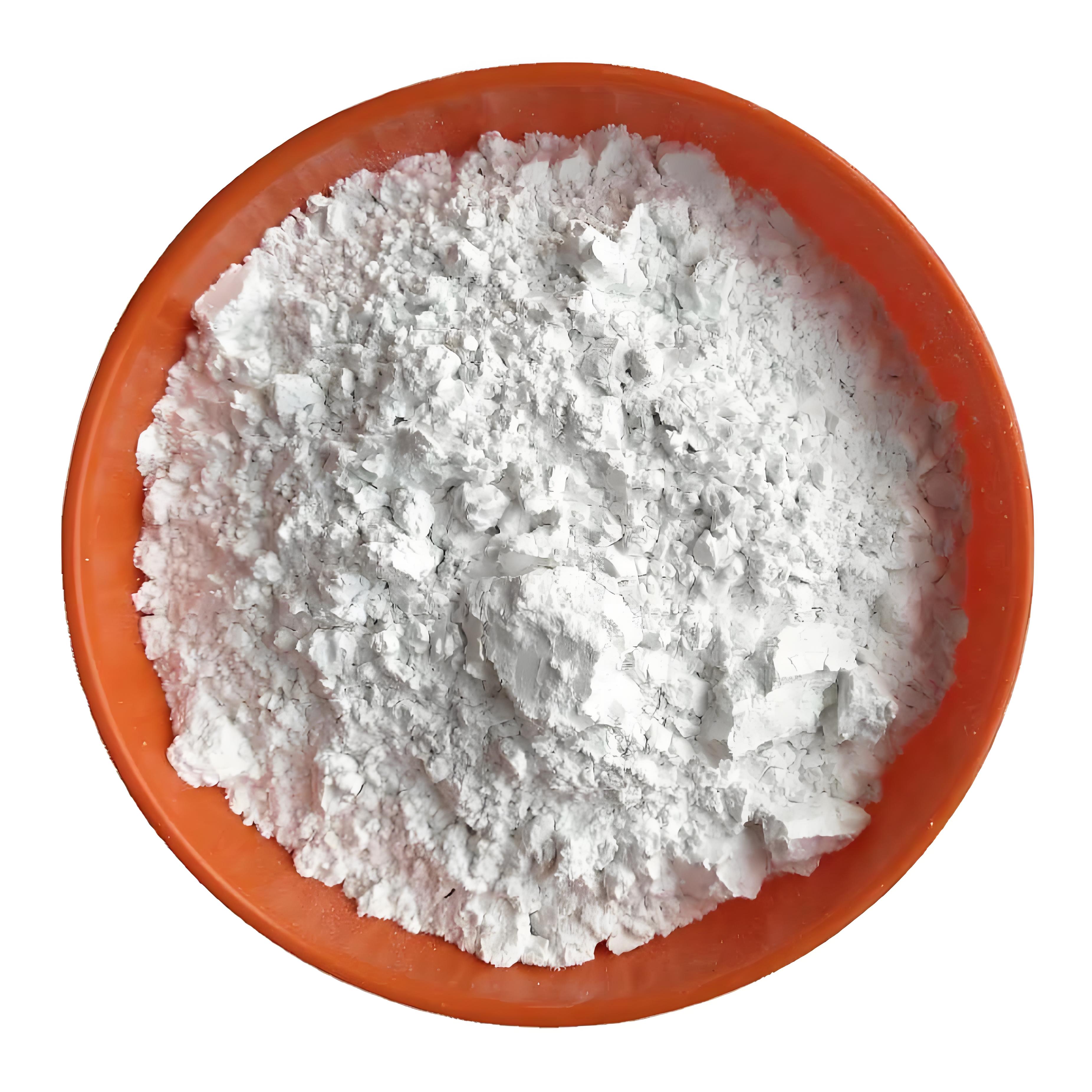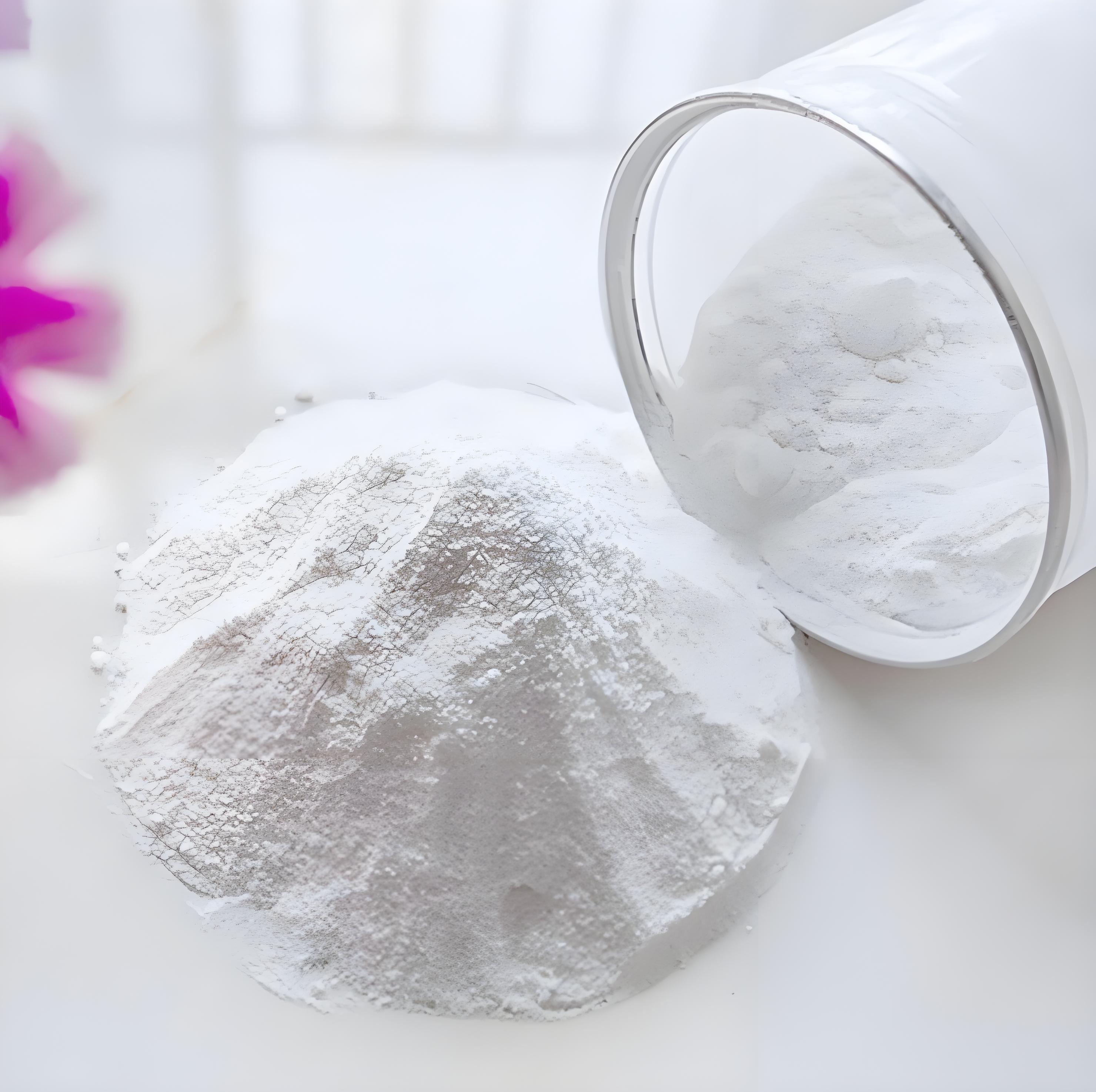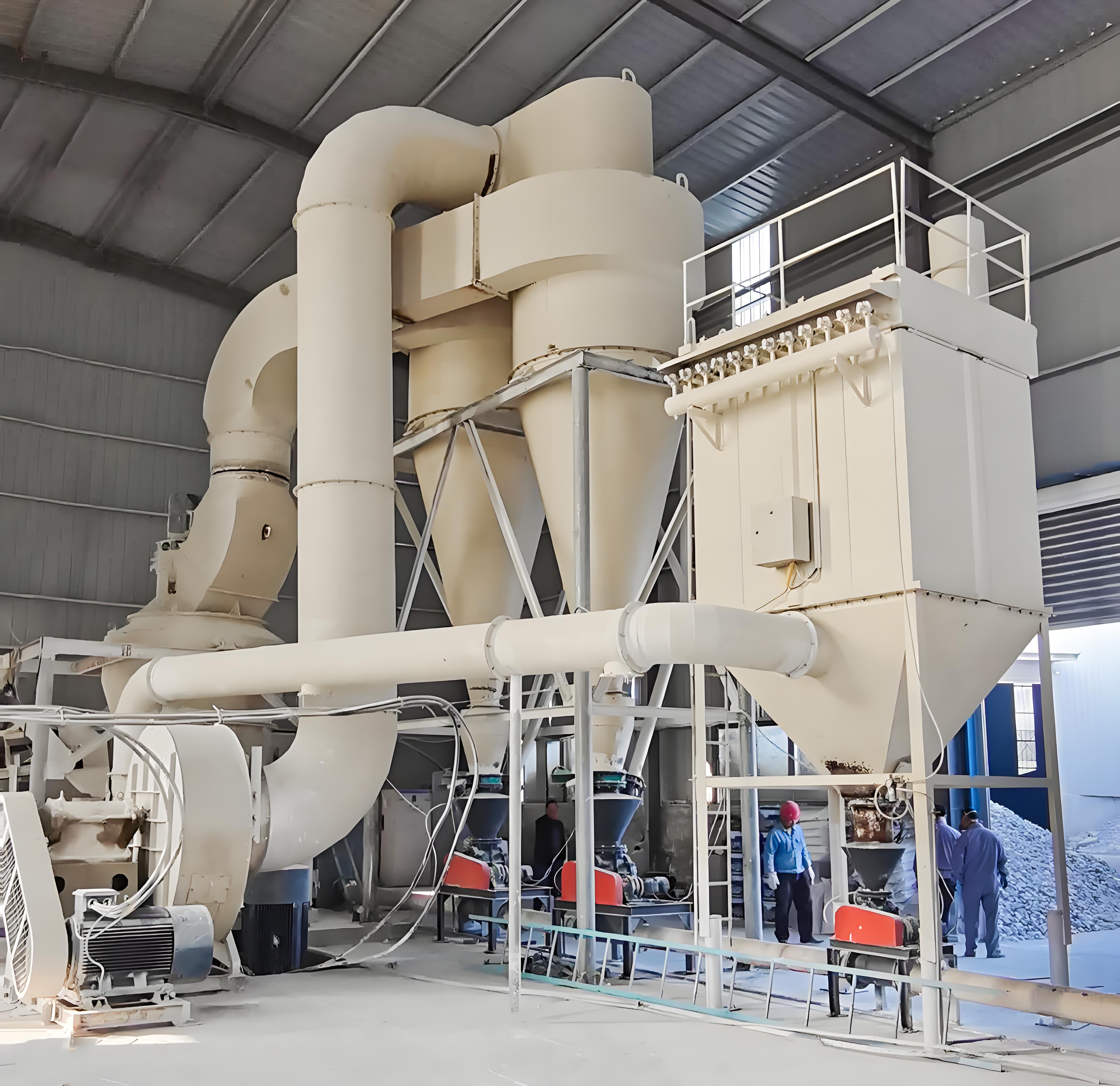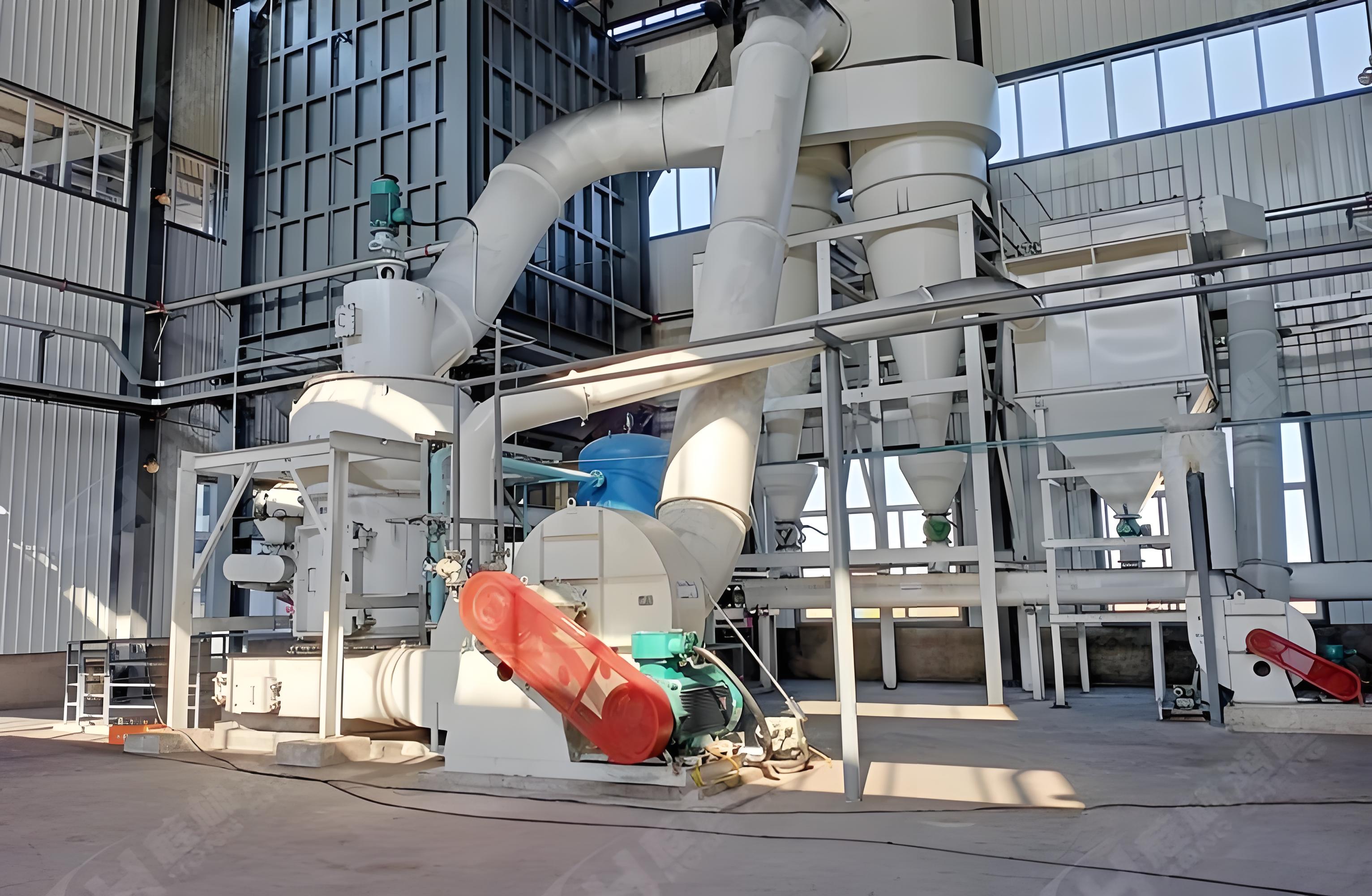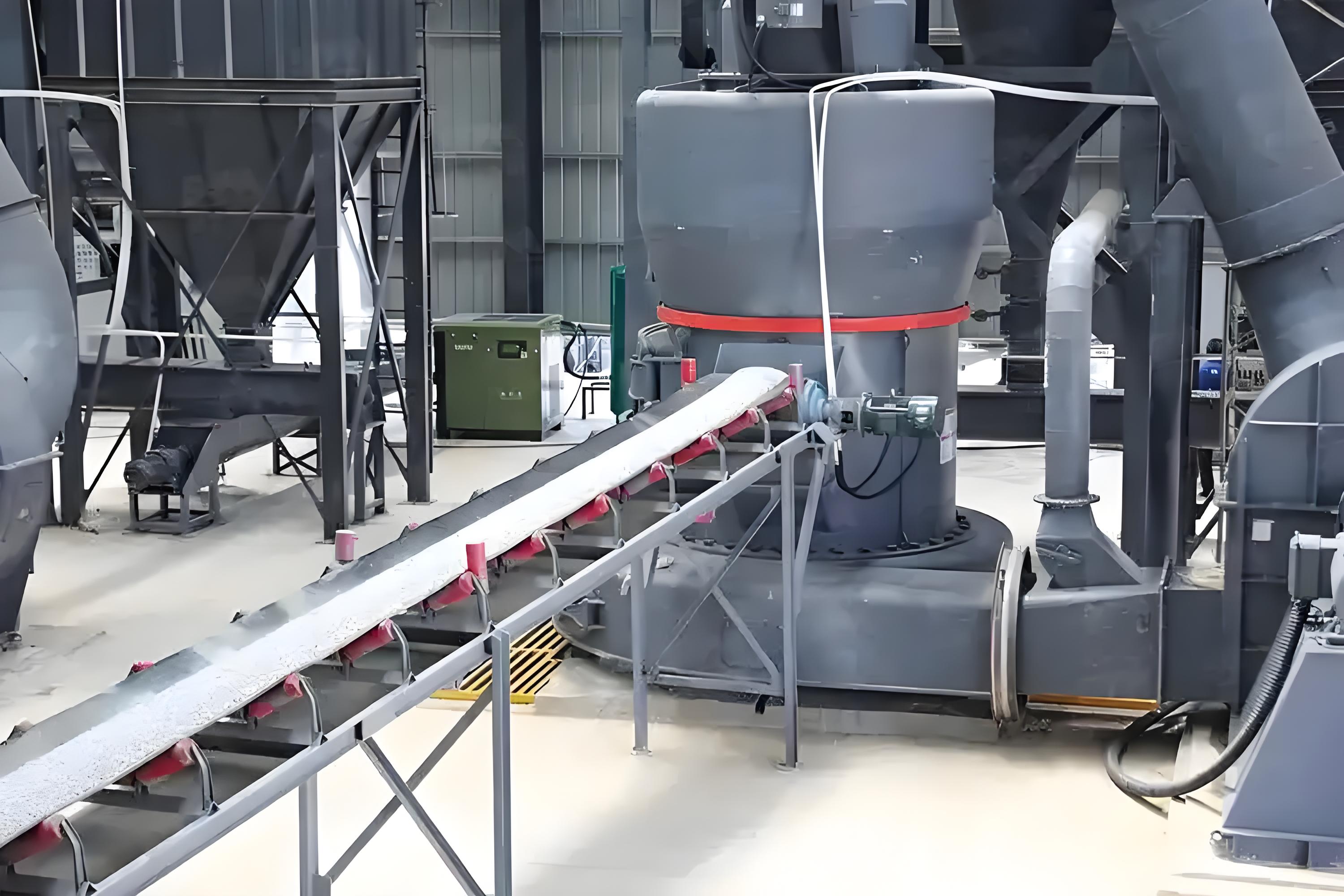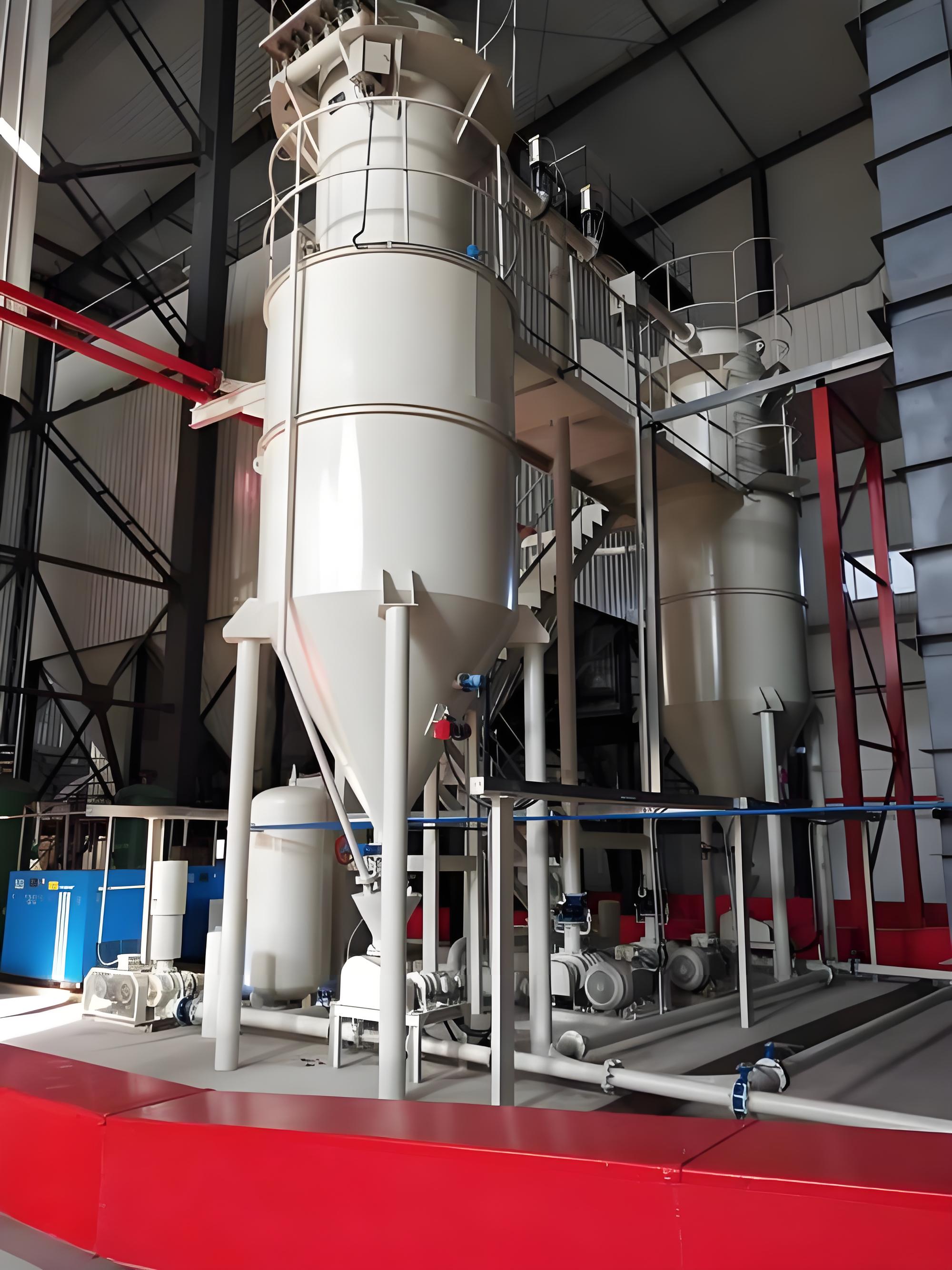Gypsum powder pneumatic conveying
Shandong Dongkai can provide turnkey projects such as process demonstration, design, equipment production, equipment installation, and system debugging for gypsum powder pneumatic conveying systems based on the actual production and on-site layout of gypsum powder materials.
Gypsum is a widely distributed mineral with a chemical composition of calcium sulfate dihydrate (CaSO4 · 2H2O). Its naturally formed crystals appear white in a pure state, but due to impurities, they may also appear yellow, red, brown, and other colors. Gypsum has a low hardness (level 2), second only to talc on the Mohs hardness scale. In addition, gypsum has low solubility in water and is relatively stable in humid environments.
The general term gypsum can refer to two types of minerals: gypsum and hard gypsum. Raw gypsum is calcium sulfate dihydrate (CaSO4 · 2H2O), also known as dihydrate gypsum, water gypsum or soft gypsum. It has a monoclinic crystal system, with plate-like crystals, usually in dense block or fibrous shapes, white or gray, red or brown, with a glassy or silky luster. Its Mohs hardness is 2, and its cleavage is completely parallel. Its density is 2.3g/cm3 (20 ℃); Hard gypsum is anhydrous calcium sulfate (CaSO4), with a rhombohedral crystal system and plate-like crystals. It is usually dense, blocky or granular, white or grayish white, with a glassy luster. Its Mohs hardness is 3-3.5, and its cleavage is parallel and complete. Its density is 2.8-3.0g/cm3. Two types of gypsum are often produced together and can be converted into each other under certain geological conditions.
physical property:
Usually white and colorless, colorless and transparent crystals are called transparent gypsum, sometimes turning gray, light yellow, light brown and other colors due to impurities. Stripes are white, transparent, with a glassy luster, cleavage surfaces have a pearl luster, and fibrous aggregates have a silky luster.
chemical property:
Gypsum is a relatively stable compound that is not prone to chemical reactions with other substances. However, at high temperatures, gypsum can react with alumina to form aluminum calcium silicate and other compounds. In addition, gypsum can react with acidic substances such as hydrochloric acid to produce sulfur dioxide gas and water.
